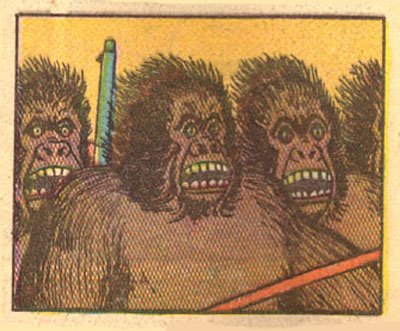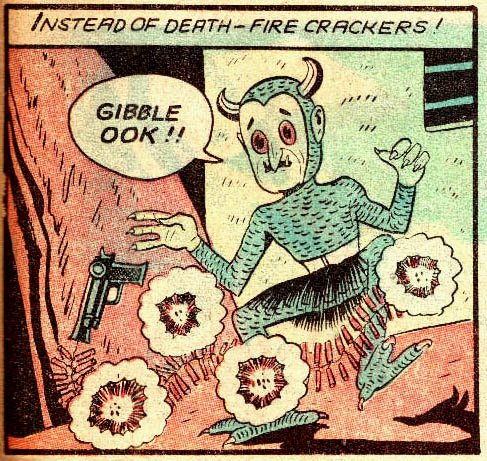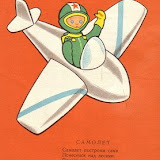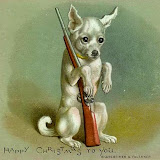 The Piraeus Lion "...was originally located in Piraeus, the ancient harbour of Athens (Greece). It was looted by Venetian naval commander Francesco Morosini in 1687 as plunder taken in the Great Turkish War against the Ottoman Empire..." / "The lion was a famous landmark in Piraeus, having stood there since the first or second century AD."
The Piraeus Lion "...was originally located in Piraeus, the ancient harbour of Athens (Greece). It was looted by Venetian naval commander Francesco Morosini in 1687 as plunder taken in the Great Turkish War against the Ottoman Empire..." / "The lion was a famous landmark in Piraeus, having stood there since the first or second century AD."
 "The statue, which is made of white marble and stands some 3 m (9 ft) high, is particularly noteworthy for having been defaced some time in the second half of the 11th century by Scandinavians who carved two lengthy runic inscriptions into the shoulders and flanks of the lion. The runes are carved in the shape of an elaborate lindworm dragon-headed scroll, in much the same style as on rune stones in Scandinavia. The carvers of the runes were almost certainly Varangians(*), Scandinavian mercenaries in the service of the Byzantine Emperor who had been sent to Greece to put down a revolt by the local people."
"The statue, which is made of white marble and stands some 3 m (9 ft) high, is particularly noteworthy for having been defaced some time in the second half of the 11th century by Scandinavians who carved two lengthy runic inscriptions into the shoulders and flanks of the lion. The runes are carved in the shape of an elaborate lindworm dragon-headed scroll, in much the same style as on rune stones in Scandinavia. The carvers of the runes were almost certainly Varangians(*), Scandinavian mercenaries in the service of the Byzantine Emperor who had been sent to Greece to put down a revolt by the local people."
 "The inscriptions were not recognised as runes until the Swedish diplomat Johan David Åkerblad identified them at the end of the 18th century." / "The inscriptions are heavily eroded due to weathering and air pollution..." / "This has required translators to reconstruct some of the runes, filling in the blanks to determine what words they represented."
"The inscriptions were not recognised as runes until the Swedish diplomat Johan David Åkerblad identified them at the end of the 18th century." / "The inscriptions are heavily eroded due to weathering and air pollution..." / "This has required translators to reconstruct some of the runes, filling in the blanks to determine what words they represented."
"Erik Brate's interpetation from 1914 is considered to be the most successful one.":
 "They cut him down in the midst of his forces. But in the harbor the men cut runes by the sea in memory of Horsi, a good warrior. The Swedes set this on the lion. He went his way with good counsel, gold he won in his travels.
"They cut him down in the midst of his forces. But in the harbor the men cut runes by the sea in memory of Horsi, a good warrior. The Swedes set this on the lion. He went his way with good counsel, gold he won in his travels.
- The warriors cut runes, hewed them in an ornamental scroll. Æskell (Áskell) [and others] and ÞorlæifR (Þorleifr) had them well cut, they who lived in Roslagen. [N. N.] son of [N. N.] cut these runes. UlfR (Úlfr) and [N. N.] colored them in memory of Horsi. He won gold in his travels."
---
* "The Varangians or Varyags (Old Norse: Væringjar...)" / "...were Vikings, Norsemen, mostly Swedes, who went eastwards and southwards through what is now Russia, Belarus and Ukraine mainly in the 9th and 10th centuries."
---
Quotes from Wikipedia. Images from Wikipedia (the drawn version and the runes copied on paper), Swedish Museum of National Antiquities, (The copy of the sculpture set indoors), mararie's Flickr photostream (The original in Venice)
---




































